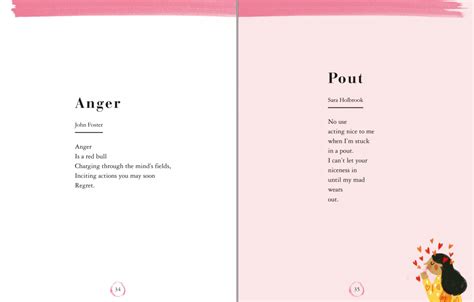Exploring the Rhythmic Diversity of English Poetry
English poetry, with its rich history and diverse forms, showcases a wide array of rhythmic patterns that contribute to its beauty and impact. From the structured meter of traditional forms to the freeflowing rhythms of contemporary verse, English poetry offers a spectrum of expressive possibilities. Let's delve into the classification of rhythmic patterns in English poetry:
1. Regular Meter:
Regular meter is characterized by a consistent pattern of stressed and unstressed syllables in each line. It provides a structured framework for the poem's rhythm. Common meters include:
Iambic Pentameter:
This meter consists of five iambs per line, where each iamb is an unstressed syllable followed by a stressed syllable. It's widely used in Shakespearean sonnets and blank verse.
Trochaic Meter:
In trochaic meter, the pattern is reversed, with a stressed syllable followed by an unstressed syllable. Though less common in English poetry, it's notable in poems like Longfellow's "Hiawatha."
Anapestic Meter:
Here, each foot contains two unstressed syllables followed by a stressed syllable. It creates a flowing, galloping rhythm, seen in lighthearted poetry and nursery rhymes.
Dactylic Meter:
This meter features one stressed syllable followed by two unstressed syllables. It's less common in English poetry but is used in some classical forms. 2. Irregular Meter:
Irregular meter, also known as free verse, lacks a consistent metrical pattern. Instead, it emphasizes natural speech rhythms and allows greater flexibility in line length and structure. Poets use it to convey emotions and ideas in a less constrained manner.
3. Rhyme Scheme:
Rhyme scheme adds another layer to the rhythmic structure of poetry. It refers to the pattern of rhymes at the end of each line and is often denoted using letters to represent corresponding sounds. Common rhyme schemes include:
Couplet (AA, BB, CC, etc.):
Two consecutive lines that rhyme.
Quatrain (ABAB, AABB, ABCB, etc.):
Fourline stanzas with various rhyme patterns.
Sonnet (ABABCDCDEFEFGG):
The Shakespearean sonnet follows this specific rhyme scheme, while the Petrarchan sonnet has a more flexible octavesestet structure. 4. Blank Verse:
Blank verse consists of unrhymed lines in iambic pentameter. It offers a balance between formal structure and natural speech, making it suitable for long narrative poems and dramatic works.
5. Accentual Verse:

Accentual verse focuses solely on the number of stressed syllables per line, disregarding unstressed syllables and rhyme. It's common in Old English poetry and modern experimental forms.
6. Syllabic Verse:
Syllabic verse relies on a consistent number of syllables per line, regardless of stress patterns. It provides a different approach to rhythm, emphasizing syllable count over stress.
7. Stanza Forms:
Beyond individual lines, poets often use specific stanza forms to create rhythmic structures within a poem. From the concise couplet to the intricate terza rima, stanza forms contribute to the overall flow and impact of the poem.
Guidance for Poets:
Understanding the various rhythmic classifications in English poetry opens up avenues for experimentation and expression. Poets can choose from these diverse forms to suit their thematic intentions and artistic sensibilities. Here are some guiding principles:
Study Tradition:
Delve into classical forms and metered poetry to understand the foundational principles of rhythm and rhyme.
Experiment with Free Verse:
Embrace the freedom of free verse to explore innovative rhythms and unconventional structures.
Listen to Sound Patterns:
Pay attention to the musicality of language and how different combinations of sounds contribute to the poem's rhythm.
Revise and Refine:
Crafting rhythmic poetry often requires multiple revisions to finetune the balance between form and expression.
Find Your Voice:
Ultimately, let your unique voice and vision guide your poetic journey, whether you adhere to traditional forms or forge new rhythmic territories.In conclusion, the rhythmic diversity of English poetry offers a rich tapestry of possibilities for poets to explore. By understanding and experimenting with various rhythmic patterns, poets can craft verses that resonate with emotion, imagery, and musicality, enriching the world of literature for generations to come.








